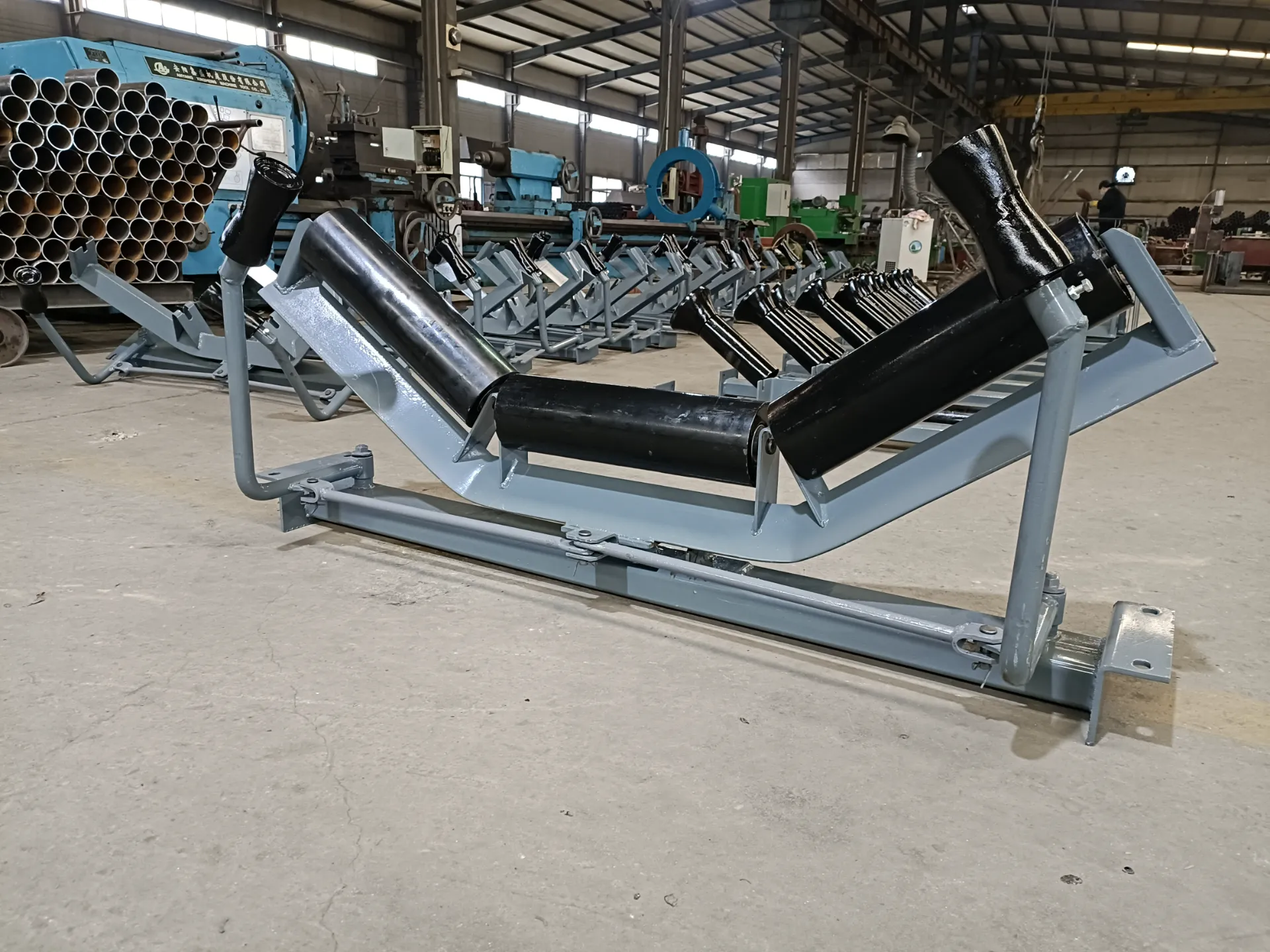 Afrikaans
Afrikaans  Albanian
Albanian  Amharic
Amharic  Arabic
Arabic  Armenian
Armenian  Azerbaijani
Azerbaijani  Basque
Basque  Belarusian
Belarusian  Bengali
Bengali  Bosnian
Bosnian  Bulgarian
Bulgarian  Catalan
Catalan  Cebuano
Cebuano  Corsican
Corsican  Croatian
Croatian  Czech
Czech  Danish
Danish  Dutch
Dutch  English
English  Esperanto
Esperanto  Estonian
Estonian  Finnish
Finnish  French
French  Frisian
Frisian  Galician
Galician  Georgian
Georgian  German
German  Greek
Greek  Gujarati
Gujarati  Haitian Creole
Haitian Creole  hausa
hausa  hawaiian
hawaiian  Hebrew
Hebrew  Hindi
Hindi  Miao
Miao  Hungarian
Hungarian  Icelandic
Icelandic  igbo
igbo  Indonesian
Indonesian  irish
irish  Italian
Italian  Japanese
Japanese  Javanese
Javanese  Kannada
Kannada  kazakh
kazakh  Khmer
Khmer  Rwandese
Rwandese  Korean
Korean  Kurdish
Kurdish  Kyrgyz
Kyrgyz  Lao
Lao  Latin
Latin  Latvian
Latvian  Lithuanian
Lithuanian  Luxembourgish
Luxembourgish  Macedonian
Macedonian  Malgashi
Malgashi  Malay
Malay  Malayalam
Malayalam  Maltese
Maltese  Maori
Maori  Marathi
Marathi  Mongolian
Mongolian  Myanmar
Myanmar  Nepali
Nepali  Norwegian
Norwegian  Norwegian
Norwegian  Occitan
Occitan  Pashto
Pashto  Persian
Persian  Polish
Polish  Portuguese
Portuguese  Punjabi
Punjabi  Romanian
Romanian  Russian
Russian  Samoan
Samoan  Scottish Gaelic
Scottish Gaelic  Serbian
Serbian  Sesotho
Sesotho  Shona
Shona  Sindhi
Sindhi  Sinhala
Sinhala  Slovak
Slovak  Slovenian
Slovenian  Somali
Somali  Spanish
Spanish  Sundanese
Sundanese  Swahili
Swahili  Swedish
Swedish  Tagalog
Tagalog  Tajik
Tajik  Tamil
Tamil  Tatar
Tatar  Telugu
Telugu  Thai
Thai  Turkish
Turkish  Turkmen
Turkmen  Ukrainian
Ukrainian  Urdu
Urdu  Uighur
Uighur  Uzbek
Uzbek  Vietnamese
Vietnamese  Welsh
Welsh  Bantu
Bantu  Yiddish
Yiddish  Yoruba
Yoruba  Zulu
Zulu conveyor tail drum
Understanding the Importance of Conveyor Tail Drums in Material Handling Systems
Conveyor systems play a vital role in various industries, facilitating the efficient movement of materials from one point to another. Among the essential components of these systems, the conveyor tail drum stands out due to its significant impact on the overall performance and functionality of the conveyor. This article delves into the role, design, and advantages of conveyor tail drums, highlighting their importance in material handling systems.
A conveyor tail drum, also referred to as the tail pulley, is situated at the end of the conveyor belt. It serves multiple purposes that are critical for the effective operation of the conveyor system. Primarily, the tail drum is responsible for maintaining the tension in the conveyor belt, ensuring that it remains properly aligned and reduces the risk of slippage. This tension is crucial for the optimal functioning of the conveyor, as it directly affects the belt's handling capacity and the overall efficiency of material transport.
One of the key functions of the conveyor tail drum is to facilitate the return of the belt
. After materials are offloaded at the discharge point, the belt needs to return to the starting point to reinitiate the cycle of transporting materials. The tail drum supports this return movement by guiding the belt and preventing it from sagging or misaligning. This ensures that the material handling process remains seamless and uninterrupted, contributing to the productivity of the operations involved.conveyor tail drum

The design of the conveyor tail drum is critical for its performance. Typically, these drums are constructed from durable materials such as steel or rubber, capable of withstanding the wear and tear associated with heavy-duty applications. The surface of the tail drum is often lined with rubber to enhance friction and provide a better grip on the conveyor belt, which helps in reducing slippage. Additionally, the diameter and width of the tail drum are carefully chosen based on the specific requirements of the conveyor system to optimize performance and minimize maintenance needs.
Regular maintenance of the conveyor tail drum is necessary to ensure its longevity and effectiveness. Over time, wear and tear can reduce its efficiency, leading to issues such as belt misalignment, increased slippage, or even belt damage. Periodic inspections and timely replacements of worn or damaged components are essential to prevent costly downtimes and maintain continuous operation.
The advantages of a well-designed and maintained conveyor tail drum are manifold. Firstly, it enhances the efficiency of the material handling process, which can significantly increase the overall productivity of operations. Secondly, it minimizes operational costs by reducing the need for frequent repairs and replacements of conveyor belts that may occur due to improper tension or alignment. Finally, by ensuring consistent performance, it contributes to creating a safer working environment, reducing the risk of accidents or malfunctions that could endanger workers or damage equipment.
In conclusion, the conveyor tail drum is a fundamental component of any conveyor system. Its design and function are essential for ensuring optimal performance, longevity, and safety of the material handling processes. As industries continue to evolve and demand efficiency, recognizing the significance of components like the tail drum will be paramount in maintaining competitive advantages and driving productivity in material handling operations. Investing in quality components and regular maintenance practices will yield substantial benefits, making the conveyor tail drum a critical focus for any operation relying on conveyor technology.
-
Revolutionizing Conveyor Reliability with Advanced Rubber Lagging PulleysNewsJul.22,2025
-
Powering Precision and Durability with Expert Manufacturers of Conveyor ComponentsNewsJul.22,2025
-
Optimizing Conveyor Systems with Advanced Conveyor AccessoriesNewsJul.22,2025
-
Maximize Conveyor Efficiency with Quality Conveyor Idler PulleysNewsJul.22,2025
-
Future-Proof Your Conveyor System with High-Performance Polyurethane RollerNewsJul.22,2025
-
Driving Efficiency Forward with Quality Idlers and RollersNewsJul.22,2025





























